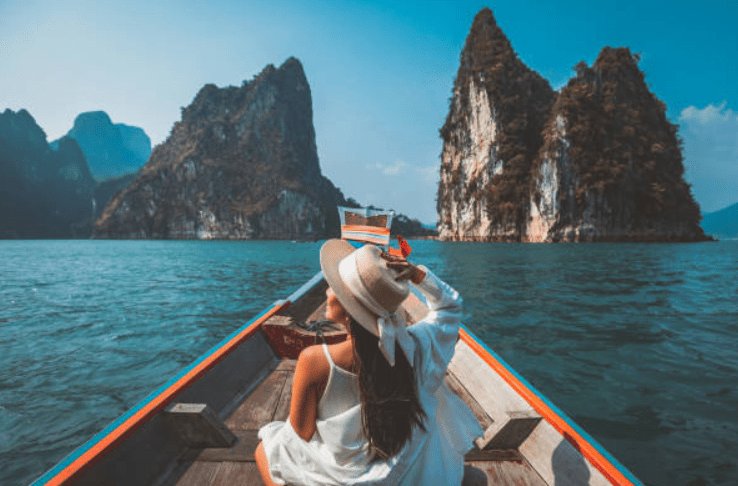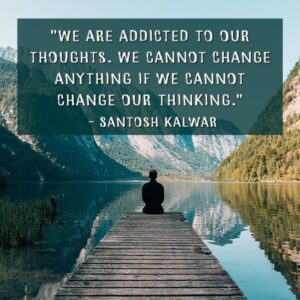
In a world where speed is often glorified, travel is beginning to take a different path — a slower, more intentional one. “Slow travel” is not just a trend; it’s a conscious movement toward experiencing destinations deeply rather than just ticking off tourist checklists.
As the global traveler becomes more mindful of cultural preservation, environmental impact, and personal well-being, slow travel offers a more sustainable and meaningful alternative to the fast-paced, Instagram-driven adventures of the past.
What is Slow Travel?
Slow travel is the art of immersing yourself in a location, staying longer, moving less frequently, and engaging more authentically with local culture, cuisine, and community. It’s about quality over quantity, choosing depth of experience over the number of destinations visited.
Instead of spending two days in five different cities, slow travelers may spend two weeks in one town — learning the language basics, shopping at local markets, attending cultural events, and building real connections with the people who live there.
Why More Travelers Are Choosing to Slow Down
1. Deeper Cultural Immersion
By spending more time in one place, travelers have the chance to live like locals. They can go beyond sightseeing and experience local rhythms — morning coffee at the same café, participating in village festivals, or taking a regional cooking class.
2. Environmental Responsibility
Fast travel, especially flying between short destinations, significantly increases carbon emissions. Slow travel encourages the use of trains, bikes, or walking — leading to a smaller ecological footprint and a more environmentally friendly travel experience.
3. Mental and Physical Well-Being
Constantly moving from place to place can be exhausting. Slow travel promotes a less stressful, more mindful approach, allowing travelers to recharge, reflect, and be present in each moment — rather than racing to “see it all.”
4. Support for Local Economies
Staying longer often means staying in locally owned accommodations, eating at small restaurants, and using local guides — keeping money in the community and supporting small businesses rather than large tourist chains.
How to Embrace Slow Travel
- Choose fewer destinations. Focus on one region or town instead of an entire country.
- Opt for local lodging. Homestays, guesthouses, or Airbnb-style rentals provide a more authentic experience than hotel chains.
- Use local transport. Buses, bicycles, walking, or trains — all offer a deeper sense of place.
- Stay curious. Take time to learn about the culture, history, and customs of the area.
- Disconnect to reconnect. Limit screen time and engage with the surroundings — not just through your camera lens.
Destinations Perfect for Slow Travel
- Chiang Mai, Thailand: A peaceful city known for its temples, cuisine, and creative expat scene.
- Lisbon, Portugal: Full of charm, music, and slow-paced coastal beauty.
- Ubud, Bali: A spiritual haven ideal for wellness retreats and nature immersion.
- Tuscany, Italy: Home to rolling hills, vineyards, and timeless villages best explored leisurely.
Final Thoughts
Slow travel isn’t about doing less — it’s about experiencing more of what truly matters. Whether you’re a digital nomad, a gap-year student, or a weekend wanderer, choosing to travel slowly allows you to connect more deeply with the world and with yourself.
So next time you pack your bags, consider this: going slower might just be the most rewarding journey of all.



